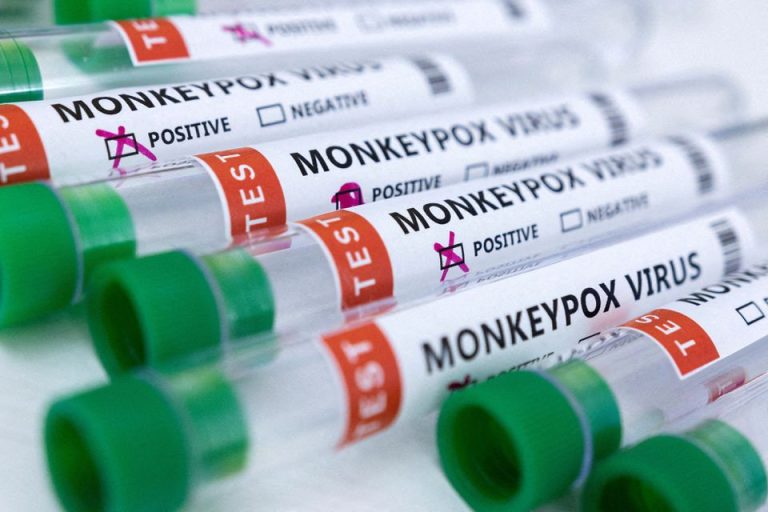
After more than two years of living amid fear of COVID-19 pandemic, many people are now worried about monkeypox virus which is spreading rapidly across the globe. However, the good news is that it may not unleash havoc like that of the virus causing COVID-19, say the health experts.
“Monkeypox virus is not easily transmittable and fatal like that of COVID-19,” said Dr Sher Bahadur Pun, chief of the Clinical Research Unit at the Sukraraj Tropical and Infectious Disease Hospital.
According to the World Health Organization (WHO), globally, over 16,000 cases of the disease have been reported from 75 countries. As per the Indian news report, four cases have been reported so far in India.
Health experts have said that the increase in global mobility of people from one corner of the world to another has opened the door for a pathogen to enter any part of the world, putting Nepal at risk.
The chance of early diagnosis of the disease is slim in Nepal as symptoms are like other skin diseases, said Dr. Pun.
According to research carried out globally, a very few people suffering from monkeypox are visiting health institutions for tests. Most people get better on their own without treatment.
The current outbreak is causing rash to appear in the genital area first which may not spread across the body, among other symptoms, which is why most people are reluctant to get tested, said Dr. Pun.
Monkeypox is a self-limiting disease that typically resolves within two to four weeks. Many people who suffer from the disease may not seek medical attention and it may not be diagnosed, added Dr. Pun.
Though monkeypox has not been reported in Nepal so far, we should be very cautious as the possibility of transmission is very high, said Dr. Chuman Lal Das, director at Epidemiology and Disease Control Division.
“As monkeypox cases have already been detected in our neighboring country India, we must stay vigilant.”
The orientation about the nature of disease has been provided to the health workers at the border entry points, said Dr. Das.
We have also designated 14 dermatologists as referring doctors to provide treatment facilities in case such a case is detected, added Dr. Das.
According to health experts, raising awareness of risk factors and dissemination of measures to reduce exposure can go a long way in preventing the disease.
Symptoms of monkeypox can include fever, headache, muscle and backaches, a rash that can look like pimples or blisters that appears on the face, inside the mouth, and on other parts of the body, like the hands, feet, chest, genitals, or anus.
According to the WHO, in the current outbreak countries and amongst the reported monkeypox cases, transmission appears to be occurring primarily through close physical contact, including sexual contact. Transmission can also occur from contaminated materials such as linens, bedding, electronics, clothing that have infectious skin particles.
As a precaution to keep the infection at bay, doctors suggest avoiding skin-to-skin contact with infected people, touching objects that have a contact with sick animal, such as bedding, insulating infected patients, washing your hands with soap and water or using an alcohol-based hand sanitizer.
The WHO has activated its highest alert level for the growing monkeypox outbreaks, declaring the virus a public health emergency of international concern.
Source : TRN,






